Laser & Photonics Reviews will now accept original papers and letters, with immediate effect.
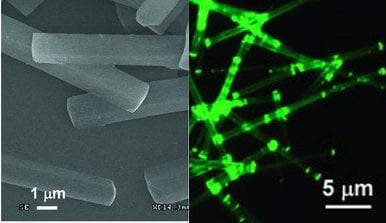
Slab-nanocrystal nanolasers
Low-threshold nanolasers based on slab-nanocrystals of H-aggregated organic semiconductors are reported by researchers at the Chinese Academy of Sciences.
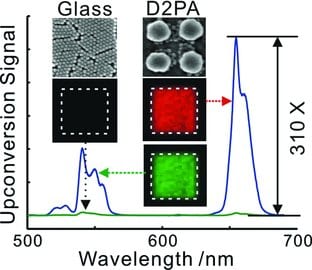
Nanoantenna-enhanced lanthanide upconversion
3D plasmonic nanoantennas produce a 300 times enhancement in the conversion efficiency of lanthanide-based upconversion luminescence materials.
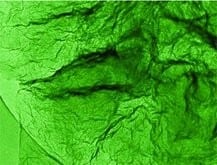
Crumpled Nitrogen-Doped Graphene – A Super Capacitor!
Scientists present unique crumpled nitrogen-doped graphene nanosheets as supercapacitor materials for energy-storage.

Hydrogen peroxide sensors
Researchers from the Chinese Academy of Sciences report optical waveguide hydrogen peroxide sensors based on a reactive sheath and a nanowire core.
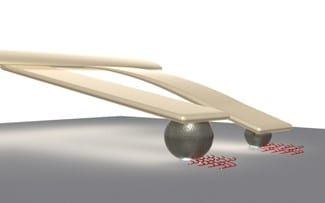
Researchers Develop New, Less Expensive Nanolithography Technique
Researchers from North Carolina State University have developed a new nanolithography technique that is less expensive than other approaches and can be used to create technologies with biomedical applications.
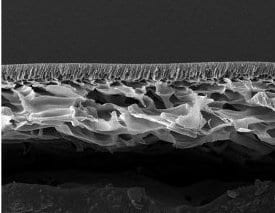
SPEEK low sulfonation and filter
Wei Yang and co-workers at Tianjin University have developed a low-sulfonation SPEEK membrane for nanofiltration.
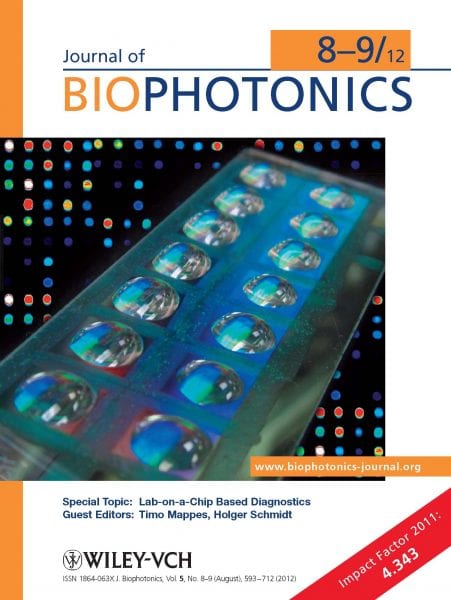
Special Issue: Lab-on-a-Chip Based Diagnostics
The issue aims to provide a representative and comprehensive overview on the broad range of current biophotonics on-chip, spanning the full range from chip fabrication to applications in biomedical sensing and related fields.
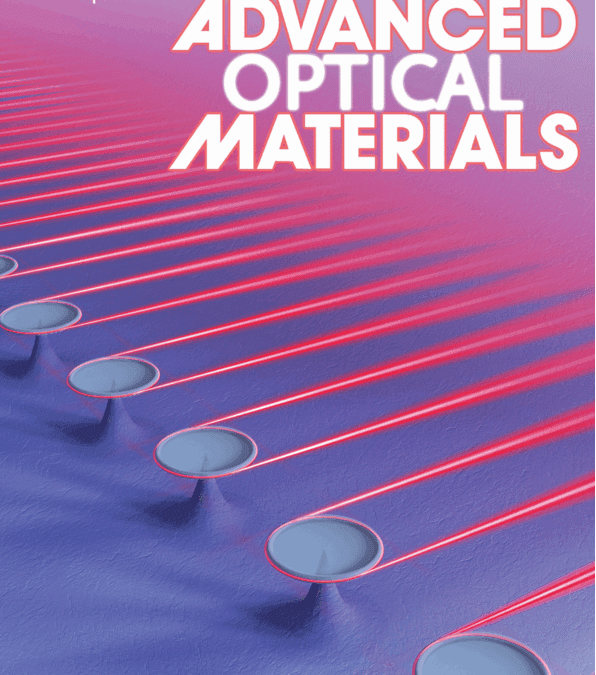
Advanced Optical Materials Issue 3
Issue 3 of Advanced Optical Materials covers optical waveguides, plasmonics, nanolasers, and more. All articles are free to read.
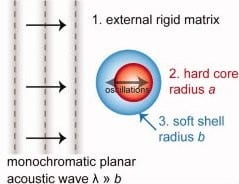
Core-shell particles for acoustic metamaterials by millifluidics
Wunenburger and coworkers at the University of Bordeaux and the CNRS have used millifluidics to create hard core-soft shell microparticles.










